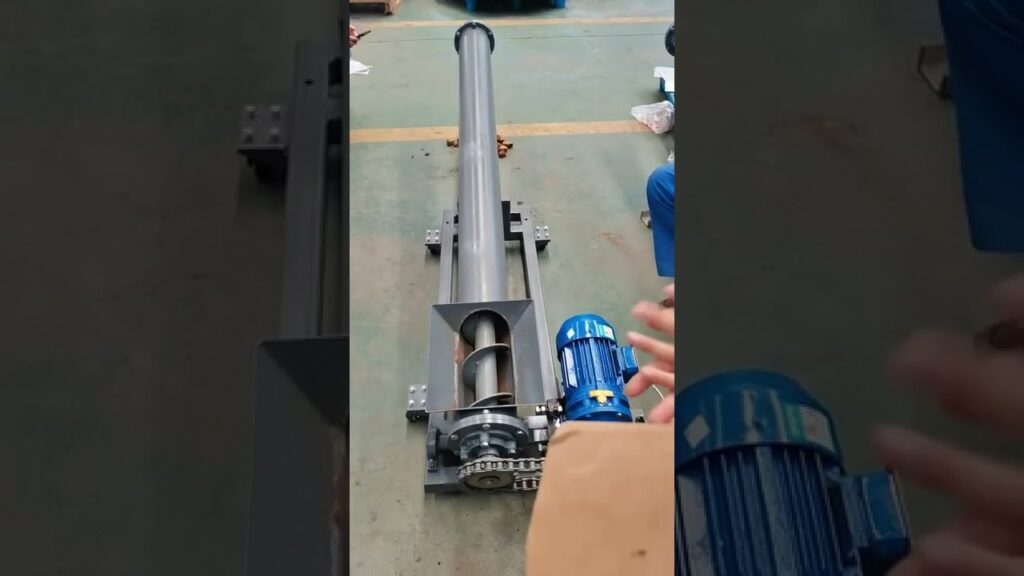The Importance of Ergonomics in Material Handling: 3 Tips for Purchasing Manual Material Handling Equipment
The efficient and safe movement of heavy loads is crucial in many industries. Whether it’s in manufacturing, distribution, or warehousing, the proper handling of materials can greatly impact productivity and minimize the risk of workplace injuries. To shed light on this topic, Humantech ergonomist, Michael Hoonhorst, interviews Kari Michalski of Magline, Inc. to discuss key considerations when it comes to purchasing manual material handling equipment.
In an increasingly automated world, where machines are taking over various tasks, the importance of ergonomics in manual material handling cannot be underestimated. While the use of machinery can significantly improve productivity and reduce physical strain, it is equally important to choose the right equipment that meets the specific needs of the working environment.
**1. Assessing the Working Environment**
Before investing in any manual material handling equipment, it is vital to conduct a thorough assessment of the working environment. Every workplace has unique challenges and requirements, so a one-size-fits-all approach won’t suffice. Factors such as the layout of the facility, the type of materials being handled, and the available space need to be carefully evaluated.
Kari Michalski emphasizes the significance of understanding the workflow and processes within the facility. By doing so, companies can identify the areas where manual material handling equipment will have the greatest impact. A comprehensive assessment will reveal the need for specific functions or features in the equipment, such as increased maneuverability or adjustable height options.
**2. Considering Ergonomic Design**
Ergonomics plays a crucial role in reducing the risk of musculoskeletal disorders and other workplace injuries. When purchasing manual material handling equipment, it is important to prioritize ergonomic design features. These features focus on optimizing human performance and comfort while minimizing stress and strain on the body.
According to Kari Michalski, ergonomic considerations involve factors such as grip handles, maneuverability, and adjustability. Companies should invest in equipment that reduces the physical exertion required to lift and transport heavy loads. Key features to look out for include padded handles, swivel casters for easy maneuvering, and adjustable heights to accommodate different user preferences.
**3. Training and Education**
Investing in high-quality manual material handling equipment is just the first step. To ensure its proper and safe use, companies need to prioritize training and education for their employees. Providing comprehensive training programs will empower employees to make the most out of the equipment while minimizing the risk of accidents or injuries.
Kari Michalski highlights the importance of training employees on the correct techniques to lift, carry, and transport materials using the equipment. This includes teaching them proper body mechanics, load distribution, and awareness of weight limits. Regular refresher courses should also be provided to keep employees updated on any new equipment features or best practices.
In conclusion, the proper handling of materials is essential for promoting workplace safety, reducing the risk of injuries, and maximizing productivity. When purchasing manual material handling equipment, companies should prioritize assessing the working environment, considering ergonomic design, and providing comprehensive training programs for employees. By investing in the right equipment and supporting it with proper training, businesses can achieve a more ergonomic and efficient work environment.
References:
– “Buy Handling Machine.” Retrieved from [URL].
– “3 Tips for Purchasing Manual Material Handling Equipment.” Retrieved from [URL].
Handling Machine
“Mastering Manual Material Handling: Expert Tips for Efficient Equipment Purchases”


